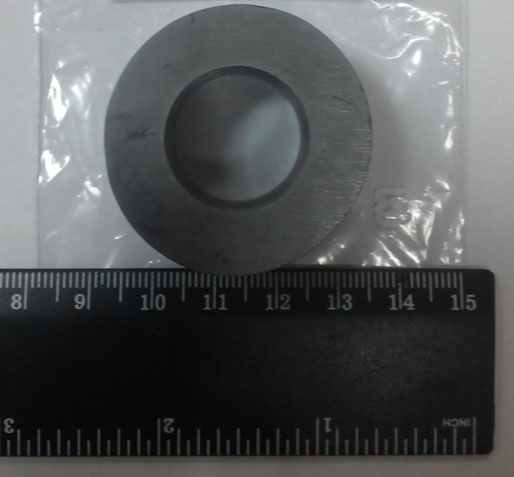Physics of high-temperature strength of reinforced ceramic materials of special, functional and biomedical purposes
The basic regularities of the physical nature of strength of directionally solidified eutectic alloys (LaB6-MeB2, B4C-MeB2, Ti-TiB, Mo-Si-B, etc.) have been defined by systematic studies of the influence of the nature of the matrix and reinforcing phases, their structural-geometric characteristics, and stress-strain state on the temperature dependence of mechanical characteristics of composite materials. The effective activation energy of the nucleation and growth of inclusions of the reinforcing phase during the crystallization of eutectic alloys of quasibinary boride, carbide and oxide systems is analyzed on the base of experimental data. It has been proved that the concentration component of supercooling has the greatest influence on the nucleation and growth of phases in eutectic alloys of the studied systems. The strengthening mechanisms of directionally reinforced composites in a wide range of temperatures - from room to 2000 oC are established. It is proved that carrying out of additional heat treatment of reinforced ceramic composites leads to decrease of the value of internal stresses and, consequently, increase their mechanical characteristics. It is shown that the bending strength of directionally solidified eutectic alloys does not change monotonically with increasing of the testing temperature in the range of 25-2000 oC. It was established that the increase of the strength of such composites in the high-temperature interval is due to the growth of the plasticity of the phase components as the testing temperature is increased and the mechanism of grain boundary (on the interface of the reinforcing phase - matrix) and the strain hardening of the monocrystalline fibers of transition metals diborides. The new directionally reinforced composites are developed in the system B4C-TiB2-SiC, bending strength of which at 2000 oC reaches 370 MPa. The obtained materials can be successfully applied for special, functional and biomedical purposes.

| Долучення | Розмір |
|---|---|
| 146.37 КБ |




